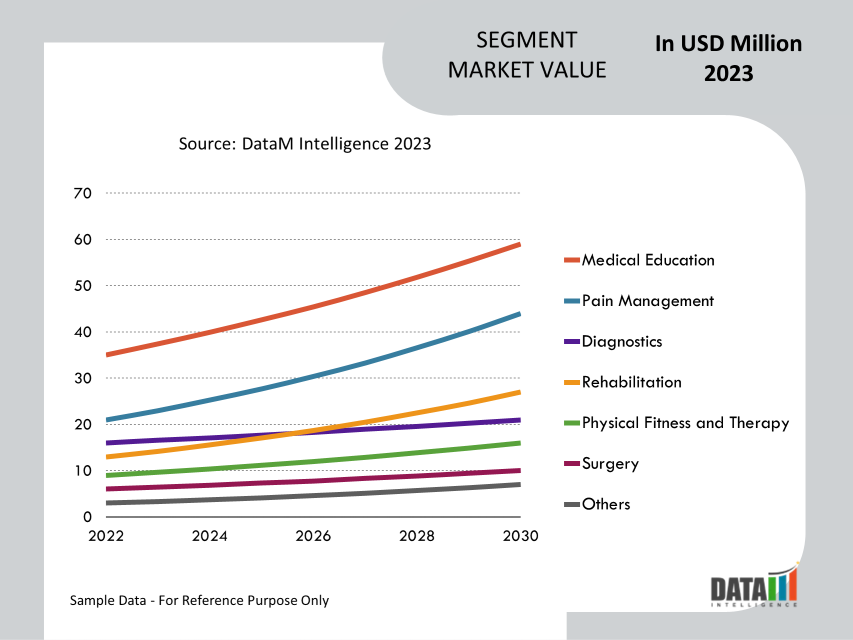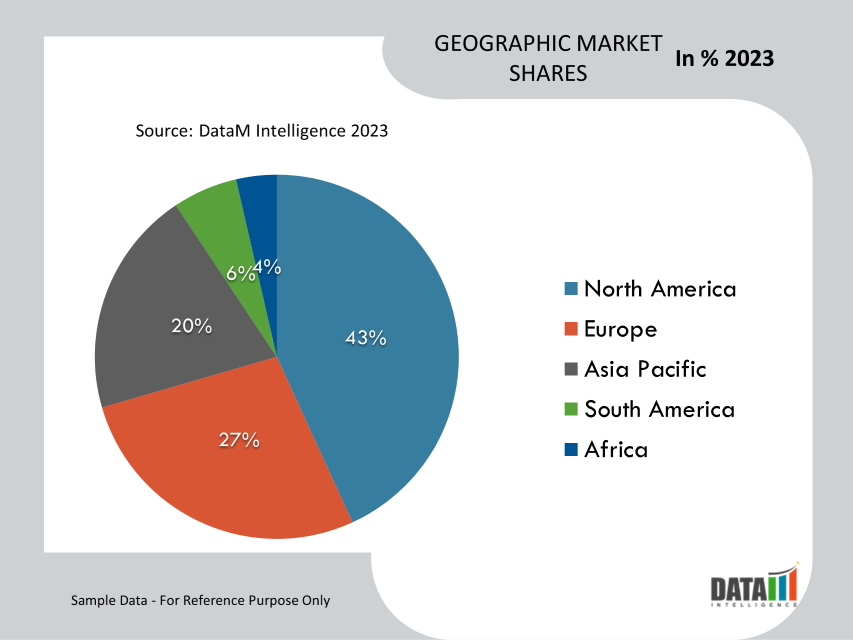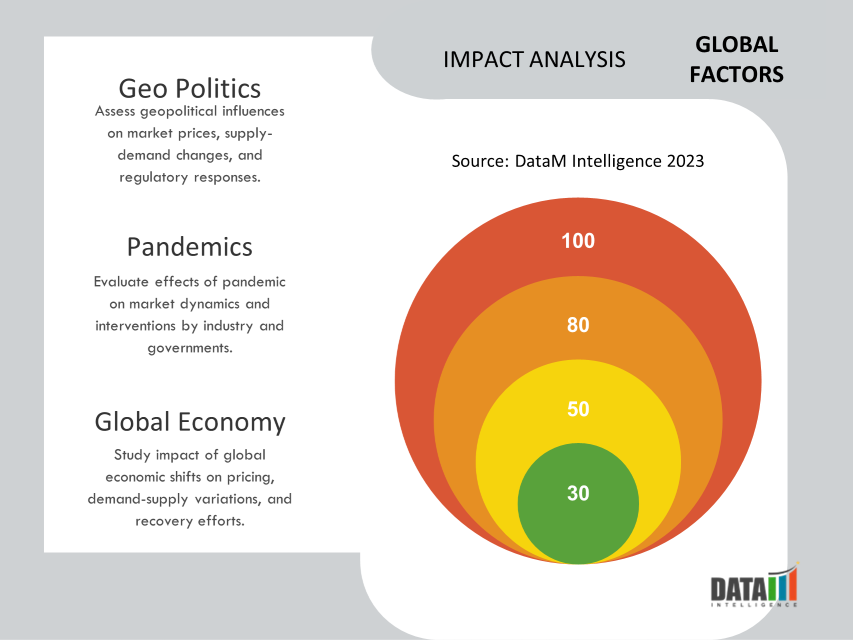Virtual Reality (VR) In Medical Simulation Market Size
Global Virtual Reality (VR) In Medical Simulation Market reached USD 2.7 billion in 2022 and is expected to reach USD 29.6 billion by 2031 growing with a CAGR of 36.6% during the forecast period 2024-2031.
The global virtual reality in medical simulation market experiencing significant growth in recent years owing to the developments and virtual reality emerging as a new method of delivering simulation.
Virtual reality technology has revolutionized medical simulation by providing realistic and immersive training experiences for healthcare professionals. VR simulations allow medical students, surgeons, and other healthcare practitioners to practice procedures and scenarios in a safe and controlled environment, enhancing their skills and decision-making abilities.
Owing to the increasing applications of virtual reality in patient treatment, growing need for effective and efficient training methods in the healthcare sector, increasing demand for virtual reality in healthcare, rising demand for wearable technology in virtual reality, cost and time efficiency, and technological advancements in virtual reality are the factors expected to drive virtual reality in medical simulation market.
Market Summary
| Metrics | Details |
| CAGR | 36.6% |
| Size Available for Years | 2022-2031 |
| Forecast Period | 2024-2031 |
| Data Availability | Value (US$) |
| Segments Covered | Application, End-User |
| Regions Covered | North America, Europe, Asia-Pacific, South America, and Middle East & Africa |
| Fastest Growing Region | Asia-Pacific |
| Largest Region | North America |
| Report Insights Covered | Competitive Landscape Analysis, Company Profile Analysis, Market Size, Share, Growth, Demand, Recent Developments, Mergers and Acquisitions, New Infection Type Launches, Growth Strategies, Revenue Analysis, Porter’s Analysis, Pricing Analysis, Regulatory Analysis, Supply-Chain Analysis, and Other key Insights. |
To Know More Download Sample
Market Dynamics
Increasing Applications of Virtual Reality In Patient Treatment Drives the Growth of the Virtual Reality In Medical Simulation Market
Virtual reality provides a highly interactive experience that encourages patients’ attention and engages them in their treatment. By creating virtual environments and experiences, virtual reality can distract patients from pain and anxiety, making procedures and treatments more tolerable. The engaging nature of virtual reality can also motivate patients to actively participate in their treatment, and also offers rehabilitation, leading to improved compliance and better treatment outcomes.
For instance, in November 2022, Penumbra, Inc. announced the first full-body, non-tethered immersive healthcare offering for rehabilitation. The latest REAL y-Series product uses upper and lower body sensors that allow clinicians to track full body movement and progress in real-time. The expansion of the virtual reality-based immersive healthcare platform, REAL System, will be used to support a broad range of physical, cognitive, and mental well-being for patients undergoing physical or occupational therapy
Virtual reality offers a non-invasive and drug-free alternative to traditional treatment methods. It provides a safe and controlled environment for patients to undergo therapy and rehabilitation without the need for invasive procedures or medications with potential side effects. This aspect of virtual reality aligns with the increasing focus on minimally invasive treatment options, driving its adoption in patient treatment.
Rising Demand for Wearable Technology in Virtual Reality Also Drives the Growth of the Virtual Reality In Medical Simulation Market
Wearable devices, such as VR headsets and motion sensors, enhance the immersive experience of virtual reality simulations. By wearing these devices, users can fully immerse themselves in virtual environments, creating a more realistic and engaging experience. The improved immersion improves the effectiveness of medical simulations, making them more impactful for training healthcare professionals and treating patients.
For instance, in November 2022, Sony launched a set of wearable motion trackers that will bring users into the metaverse with their smartphones. The Mocopi system comprises six pucks worn around the user’s wrist, ankles, hands, and hips. These sensors will work to animate avatars inside various Metaverse apps on Android smartphones and iPhones. Sony said it will launch these motion trackers in Japan at a retail price of 49,500 Yen.
Technological advancements in wearable technology, such as miniaturization, improved battery life, and wireless connectivity, have made these devices more accessible. Wearable VR devices are becoming lighter, more comfortable to wear, and less obtrusive. These advancements have contributed to the increasing demand for wearable technology in virtual reality, driving its adoption in medical simulation and treatment.
High Cost of Virtual Reality Equipment Will Hamper the Growth of the Market.
The cost associated with virtual reality equipment such as headsets, sensors, controllers, and computing systems, can be a significant barrier to adoption, particularly for smaller healthcare institutions or those with limited budgets. This cost can limit the accessibility of VR in medical simulation, as not all healthcare organizations.
Deploying virtual reality systems on a large scale within healthcare institutions can require significant financial resources. Establishing the necessary infrastructure, including powerful computers, tracking systems, and dedicated virtual reality labs or rooms, adds to the overall cost. Upgrading and maintaining the virtual reality equipment over time can also be an ongoing expense.
Market Segmentation Analysis

The global virtual reality (VR) in medical simulation market is segmented based on application, end-user, and region.
Medical Education from the Application Segment Accounted for Approximately 36.7% of the Virtual Reality in Medical Simulation Market Share
The field of medicine is constantly evolving, with new procedures, technologies, and treatments emerging. Virtual reality in medical simulation provides a highly realistic training environment that allows medical students and professionals to practice a wide range of procedures, surgical techniques, and clinical scenarios in a safe and controlled manner. The demand for advanced training methods drives the adoption of virtual reality technology in medical education
For instance, in October 2022, UK-based startup Oxford Medical Simulation has just raised about €2.4 million for its VR healthcare training. The company aims to meet the urgent need to train nurses and doctors more efficiently and help overcome the current staffing crisis in healthcare.
Virtual reality in medical simulation provides cost-effective and scalable training solutions compared to traditional methods. Traditional medical education often involves expensive equipment, labs, and limited access to real-life scenarios. Virtual reality simulations reduce the reliance on physical resources, offer repeatable training experiences, and allow for remote and distributed training. This scalability and cost-effectiveness make VR an attractive option for medical education institutions, leading to a larger market share.
Market Geographical Share

North America Accounted for Approximately 43.1% of the Market Share in 2022, Owing to the Strong Presence of Major Players and Technological Advancements
North America is home to several prominent players in the VR industry, including healthcare technology providers, and medical simulation companies. These companies have invested heavily in the development and commercialization of VR solutions for medical simulation and training. Their established market presence, robust distribution networks, and extensive research and development capabilities contribute to North America's market dominance.
For instance, on March 7, 2023, PrecisionOS, a leading medical education simulation provider announced a novel virtual reality curriculum for orthopedic training. The company has put together an extensive guide aimed at all residency programs in North America and beyond. The curriculum, compiled through consultation and input from a number of surgeon educators, is set to augment the way surgical residents are trained while making it not only relevant but support skill acquisition and benchmarks in surgical training.
North America is at the forefront of technological advancements in VR. The continuous advancements in graphics, display technologies, and motion tracking contribute to the effectiveness of VR simulations. These technological advancements drive the adoption of VR in medical simulation and lead to market dominance in North America.
Market Key Players
The major global players in the virtual reality in medical simulation market include Koninklijke Philips NV., Samsung Electronics CO. Ltd., Osso VR Inc., Virtually Better Inc., Firsthand Technology Inc., VRHealth, Microsoft Corporation, Medisim Ltd., General Electric Company, and CAE Healthcare
COVID-19 Impact Analysis On Market
The COVID-19 pandemic significantly impacted the global virtual reality (VR) in medical simulation market. The pandemic highlighted social distancing measures and restrictions, which disrupted traditional medical training methods that often involved hands-on workshops and in-person simulations. Healthcare institutions had to quickly adapt and find alternative solutions to ensure the continuity of medical education and training. VR in medical simulation emerged as a viable option to provide remote training experiences when physical interaction was limited or not possible.
Russia-Ukraine Conflict Analysis
The Russia-Ukraine conflict is estimated to have a moderate impact on the global virtual reality (VR) in medical simulation market. The conflict disrupts the global supply chains that support the VR in medical simulation market. Manufacturers and suppliers of VR, and related technologies face challenges in sourcing materials, production, and distribution due to the conflict's impact on trade routes. Supply chain disruptions can lead to delays, increased costs, and limited availability of VR equipment, impacting the market growth globally.

Key Developments
- On June 23, 2023, Laerdal Medical, a provider of simulation-based training in the fields of resuscitation, patient care, and emergency care training, and SimX, a virtual reality (VR) medical simulation platform, announced a partnership to help increase patient safety with a VR simulation training solution that prepares providers to deliver optimal care.
- On July 11, 2023, Hard Hat VR, a leading provider of virtual reality (VR) training simulations, and MindWise Innovations, an award-winning service of the non-profit Riverside Community Care that provides evidence-based mental health and substance use services, announce their strategic partnership to develop an innovative suite of VR training simulations focused on mental health in the workplace.
- On August 11, 2022, FundamentalVR, an immersive simulation platform for medical and healthcare professions, raised $20 million in a round of funding to “accelerate skill-transfer and surgical proficiency” through virtual reality (VR) and mixed reality (MR) applications.
Why Purchase the Report?
- To visualize the global virtual reality in medical simulation market segmentation based on application, end-user, and region, as well as understand key commercial assets and players.
- Identify commercial opportunities by analyzing trends and co-development.
- Excel data sheet with numerous data points of virtual reality in medical simulation market-level with all segments.
- PDF report consists of a comprehensive analysis after exhaustive qualitative interviews and an in-depth study.
- Product mapping available as excel consisting of key products of all the major players.
The global virtual reality in medical simulation market report would provide approximately 53 tables, 54 figures, and 195 Pages.